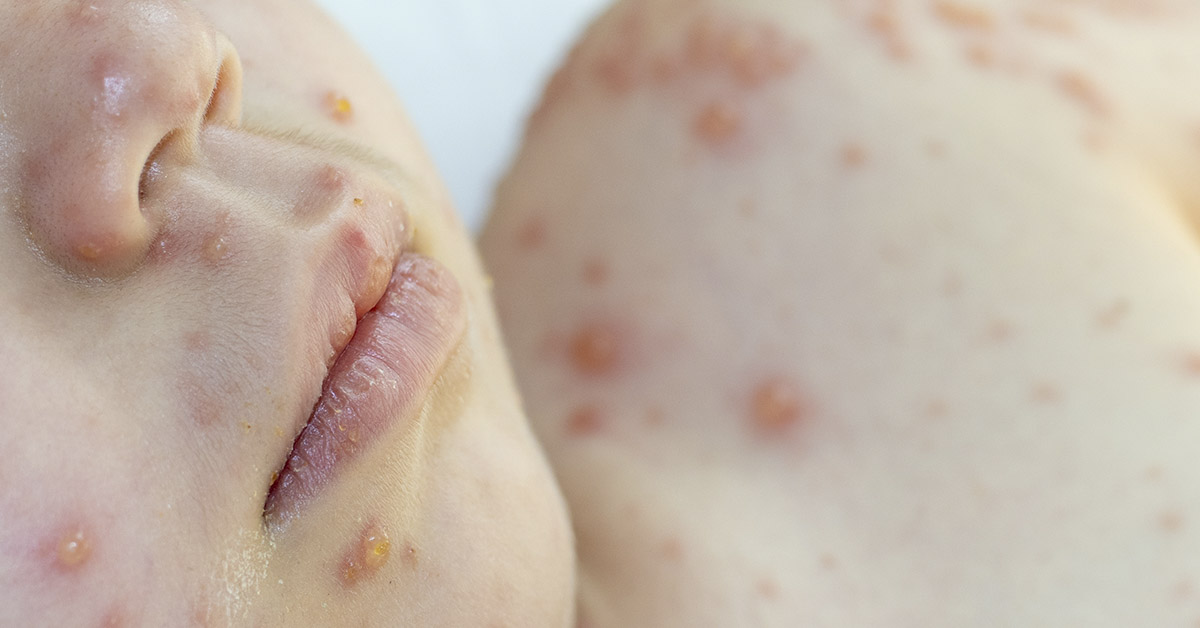Becoming a new blessed parent definitely has its worries and concerns. The outside world is wonderful and, at times, terrifying, especially for newborns. From diseases and dangerous environments, the world can seem like a deadly place for a baby to exist. However, it’s comforting to know that even though the world seems like a contentious place for an infant, some occurrences are normal and no cause for concern.
If you’ve noticed a blister on your baby’s lip, you’re not alone, and it’s usually nothing to worry about. Many new parents are surprised to find these tiny bumps or marks on their newborn’s delicate lips. Understanding why they occur and how to care for them can ease your mind and help your baby stay comfortable. Also, understanding when to raise concern in an effort to ensure your baby is healthy.
What Causes a Blister on a Baby’s Lip?
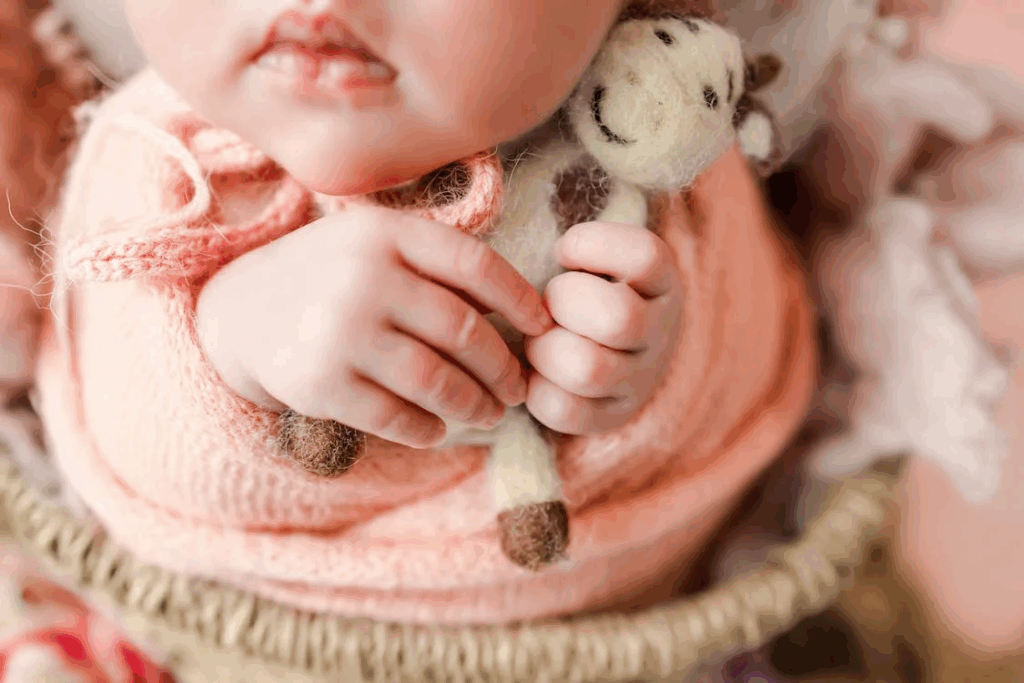
Blisters on a baby’s lips are most commonly due to friction from inexperienced suckling, when they are still practicing how to correctly proceed. Other causes may be infections. Cold sores, for instance, are common in older children and adults but uncommon in babies. This is why some professionals will advise parents to discourage people from kissing their baby’s hands and face.
1. Sucking Blisters (Friction Blisters)
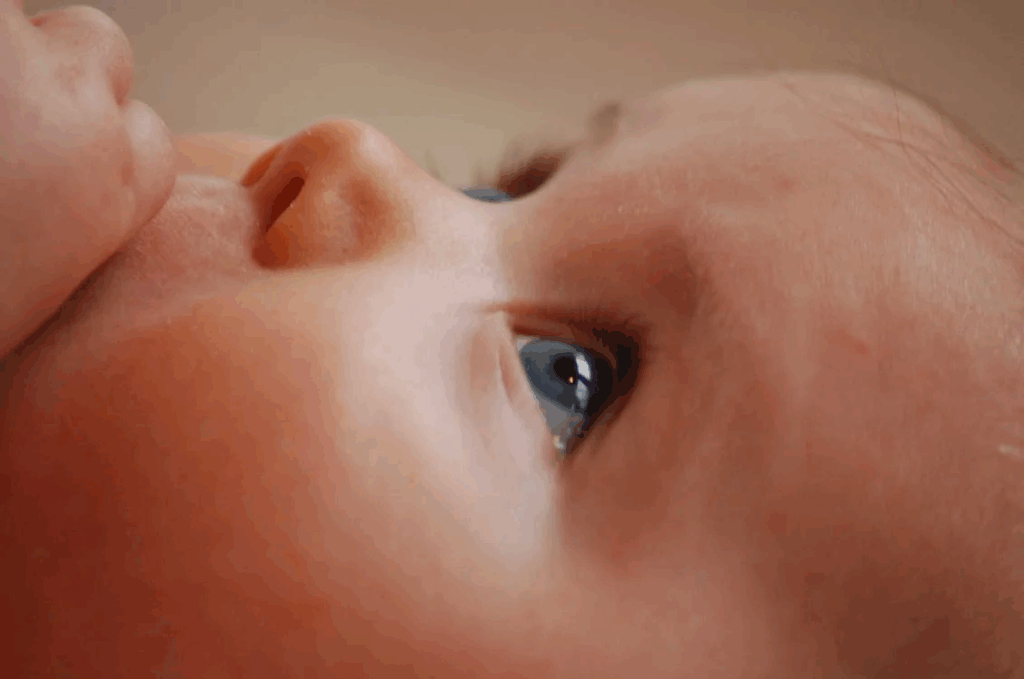
The most common cause of a blister on a baby’s lip is vigorous sucking, especially during breastfeeding or bottle feeding. When babies feed, the friction between their lips and the breast or bottle nipple can create what’s known as a suck blister, friction blister, or suck callous. These blisters often appear as small fluid-filled bumps or slight swelling on the upper lip, sometimes accompanied by peeling similar to chapped lips.
Babies start practicing their sucking reflex even in the womb, and some are even born with these blisters due to thumb or hand sucking before birth. These blisters typically develop in the first few days after birth when feeding happens frequently and vigorously. Importantly, sucking blisters do not hurt and may even help your baby feed more efficiently by toughening the skin to improve latch.
They usually resolve on their own within a few weeks without needing treatment. Once your baby gets a good latch the blisters will also begin to disappear. However, if the blisters do not seem to be subduing, there could be other factors at play. It’s advisable to contact your health professional if the blisters on your baby’s lip show no significant improvement.
Read More: We’re warning other parents, because no one warned us
2. Cold Sores (Herpes Simplex Virus)
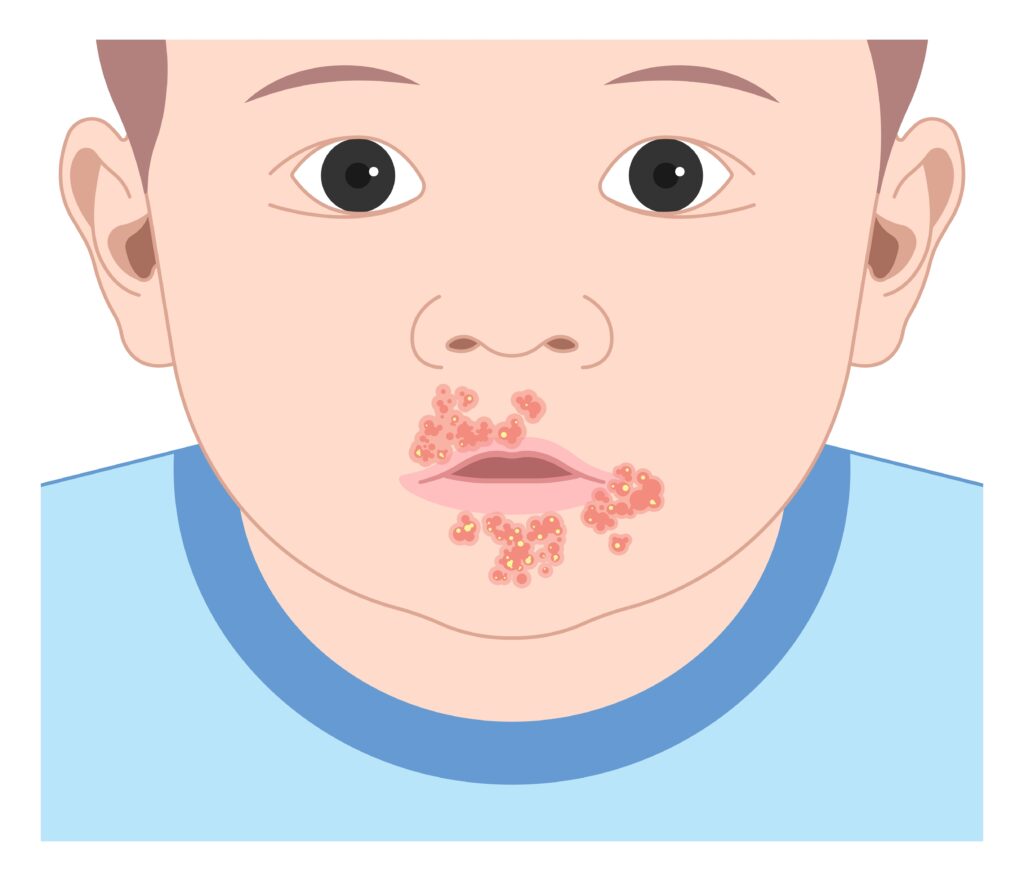
Another cause of lip blisters in babies is cold sores, which are caused by the herpes simplex virus type 1 (HSV-1). While cold sores are common in adults and older children, they are less common in newborns unless the baby has been exposed to someone with an active cold sore.
Cold sores appear as clusters of small, fluid-filled blisters that can be whitish, pinkish, or reddish. They may cause discomfort and sometimes fever or feeding difficulties in babies. Because herpes infections can be serious in newborns, it’s important to seek medical advice immediately if you notice a cold sore on your baby’s lip. Immediate medical attention is strongly advised, especially if your baby has a fever or is not feeding well.
3. Other Causes
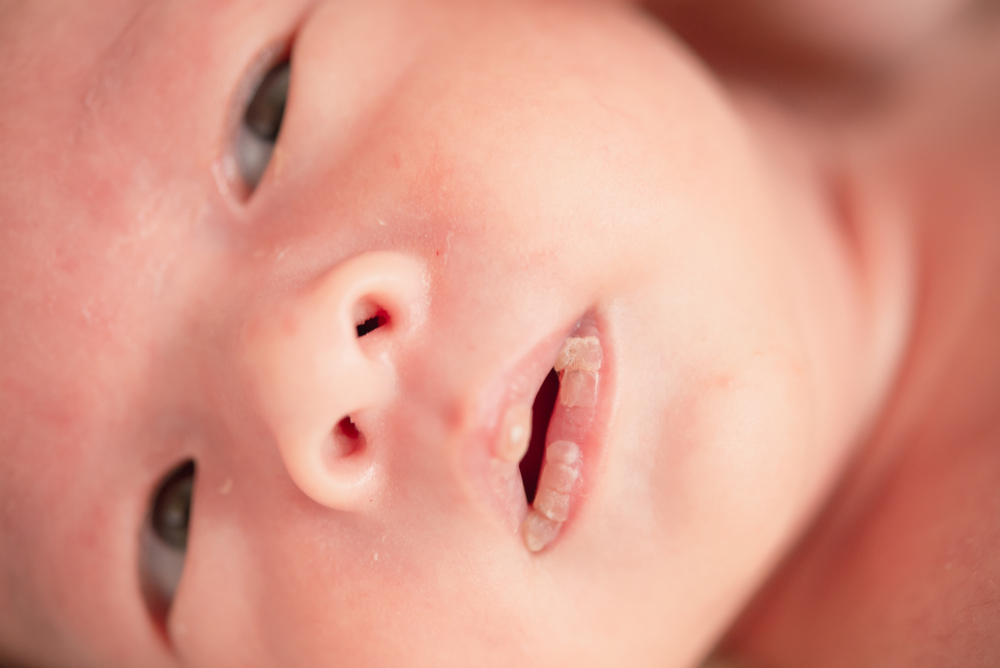
Aside from sucking blisters and cold sores, there are several other causes of blisters on a baby’s lips that parents should be aware of. Allergic reactions are one such cause. Some babies may develop blisters due to allergies to lotions, creams, or foods introduced near the lips. Also, new foods introduced around the mouth can sometimes trigger an allergic response, leading to blistering and irritation. If you suspect an allergy, it’s important to stop using any suspected products and consult your pediatrician for guidance on how to soothe your baby’s skin and avoid further reactions.
Bacterial infections can also cause blisters on and around a baby’s mouth. One common infection is impetigo, which is caused by Staphylococcus or Streptococcus bacteria. Impetigo blisters often appear as fluid-filled bumps that may burst, leak, and then form a yellowish crust. This infection can be contagious and requires prompt treatment with antibiotic creams prescribed by a doctor to prevent spreading and promote healing.
Oral thrush is another condition that can lead to blister-like white patches on a baby’s lips and inside their mouth, including the tongue, cheeks, and roof of the mouth. Thrush is caused by an overgrowth of the fungus Candida and typically requires antifungal medication applied directly to the affected areas. If you are breastfeeding, you may also need treatment to prevent passing the infection back and forth between you and your baby.
Finally, babies’ sensitive skin can blister from sun exposure, including on their lips. Because their skin is delicate and more prone to damage, even short periods in the sun without protection can cause sunburn, which may result in blistering. It is essential to protect your baby from direct sunlight by keeping them in the shade. Additionally, dressing them in protective clothing, and using appropriate sun protection measures recommended for infants to prevent blistering.
What Do Lip Blisters Look Like?
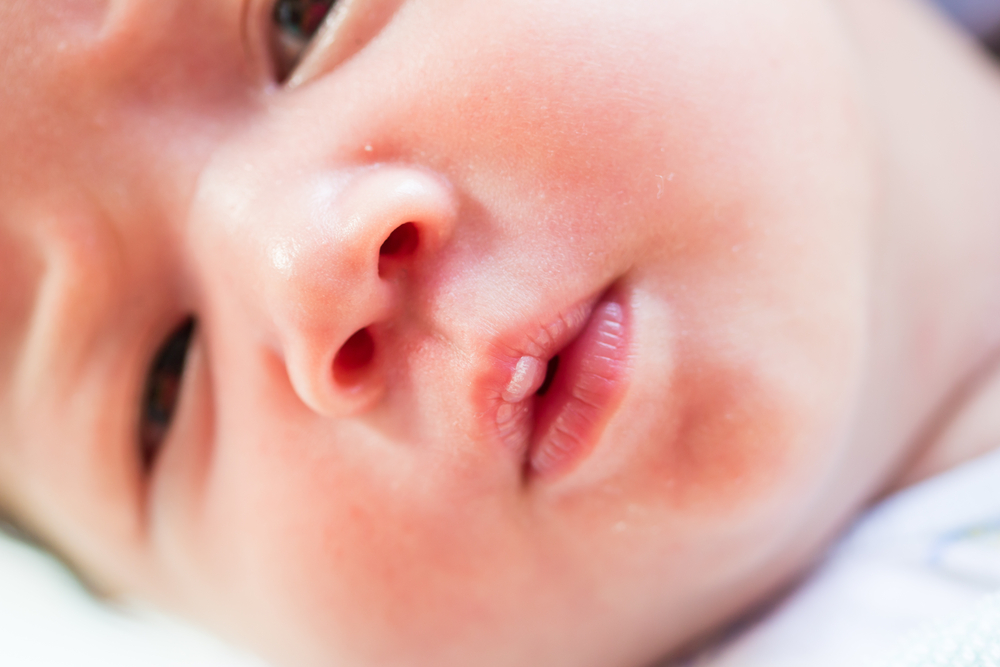
Lip blisters in babies can appear in several ways. You might notice slight swelling or a small blister, often located on the upper lip, sometimes right in the middle. The lips may also show peeling or chapping, similar to dry skin. In cases of cold sores, rows or clusters of tiny blisters are more common. Additionally, white patches or crusting on the lips can indicate an infection or oral thrush.
Read More: What Are Those Little White Bumps on Your Skin, and What to Do About Them
How to Treat a Blister on Baby’s Lip
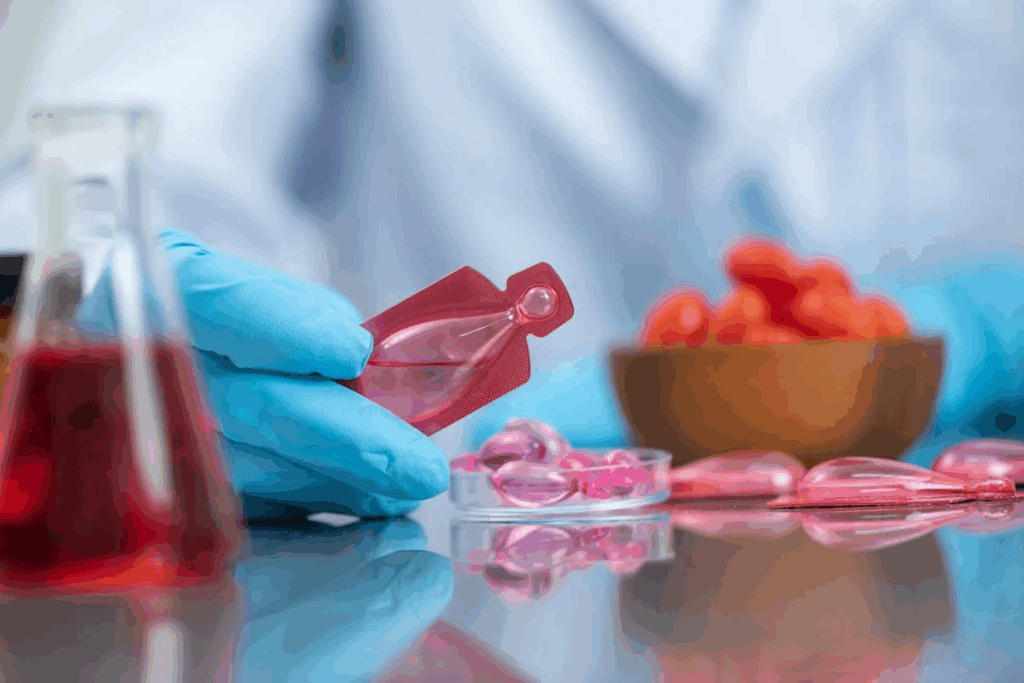
Depending on the type of blister your child has, there are various treatments to heal this ailment. Sucking blisters, in most cases, will heal up on their own but there creams to treat more resilient cases. For cold sores, and other causes, seeking immediate medical advice from a professional to either prescribe antifungal, antiviral or antibacterial creams or treatments for the blisters.
For Sucking Blisters
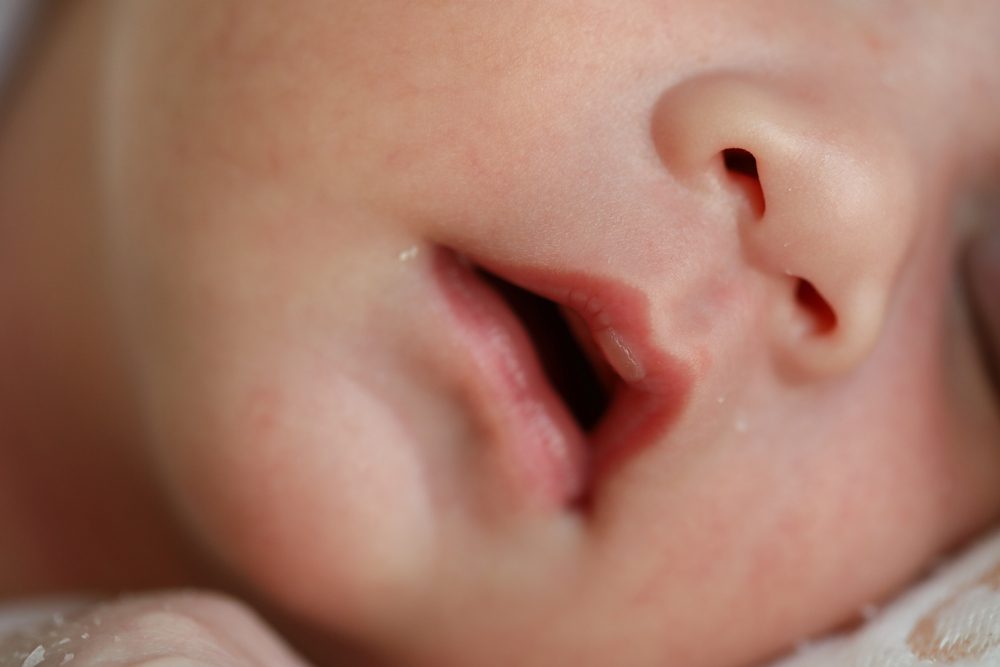
No specific treatment is usually needed as they heal on their own. To reduce friction and persistent blisters, encourage a good latch during breastfeeding. Techniques include gently tickling your baby’s lip to encourage a wide mouth and ensuring the nipple is far back in the mouth so the tongue does most of the work. Use natural moisturizers like a few drops of breast milk, coconut oil, or olive oil on the lips to soothe and protect the skin. Lanolin cream can also be used sparingly for moisturizing.
For Cold Sores
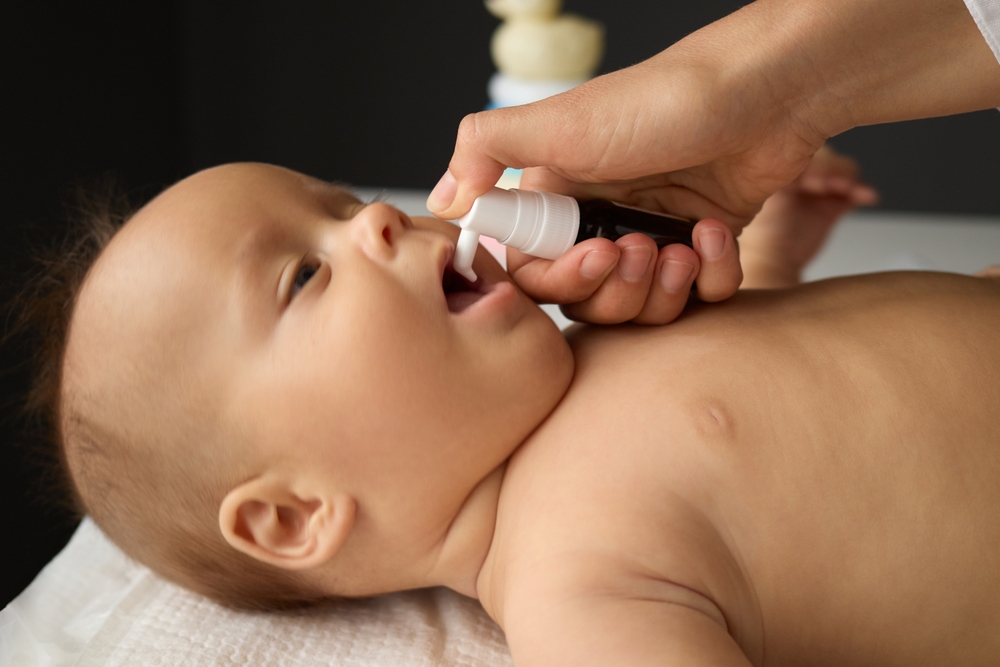
Seek medical advice promptly for antiviral treatment if your baby has a cold sore. Keep the area clean and avoid kissing your baby if you have an active cold sore to prevent transmission. Using cool compresses to help ease discomfort. Finally, it is critical to maintain regular feeding and hydration to the baby to help fight infection.
For Other Causes
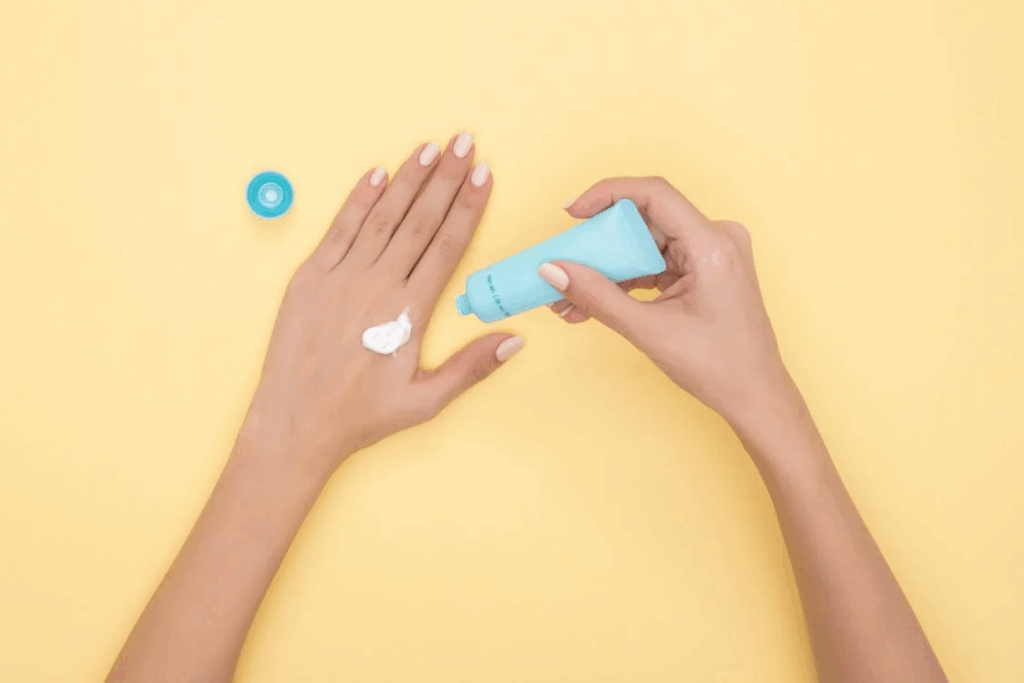
Allergic reactions require identifying and avoiding the allergen. Bacterial infections like impetigo need antibiotic treatment prescribed by a doctor. Oral thrush is treated with antifungal medication for both the baby and the breastfeeding mother if necessary. However, always consult a medical professional to ensure you receive the right diagnosis. In the case of allergic reactions, speak to your healthcare professional on identifying and avoiding allergens.
When to See a Doctor
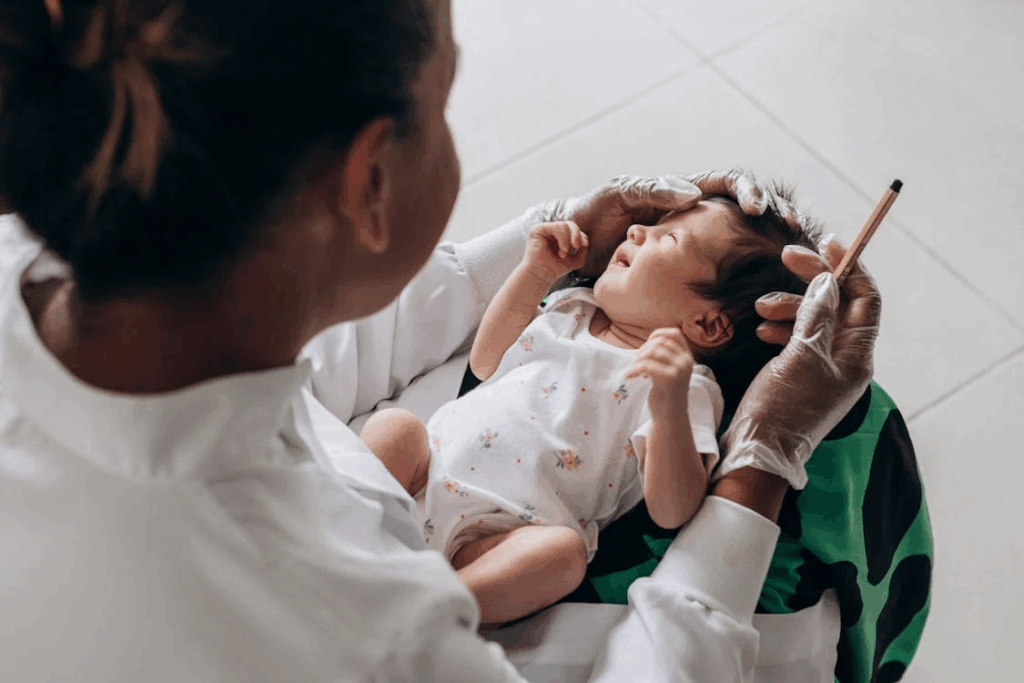
Seek immediate medical attention if your baby with lip blisters stops feeding or drinking fluids, develops a fever, has blisters near the eyes or spreading sores, shows signs of difficulty breathing or seizures, or develops yellowing of the skin or eyes, bleeding, or a rash.
Summary

A blister on your baby’s lip is often a harmless suck blister caused by feeding friction and usually resolves on its own. However, cold sores and infections require medical attention. Proper feeding techniques and gentle lip care can help prevent and soothe these blisters. Always monitor your baby’s overall health and consult your pediatrician if you have concerns.
Disclaimer: This information is not intended to be a substitute for professional medical advice, diagnosis or treatment and is for information only. Always seek the advice of your physician or another qualified health provider with any questions about your medical condition and/or current medication. Do not disregard professional medical advice or delay seeking advice or treatment because of something you have read here.
Read More: Alarming Photo Exposes the Risks of Strangers Kissing Your Child
